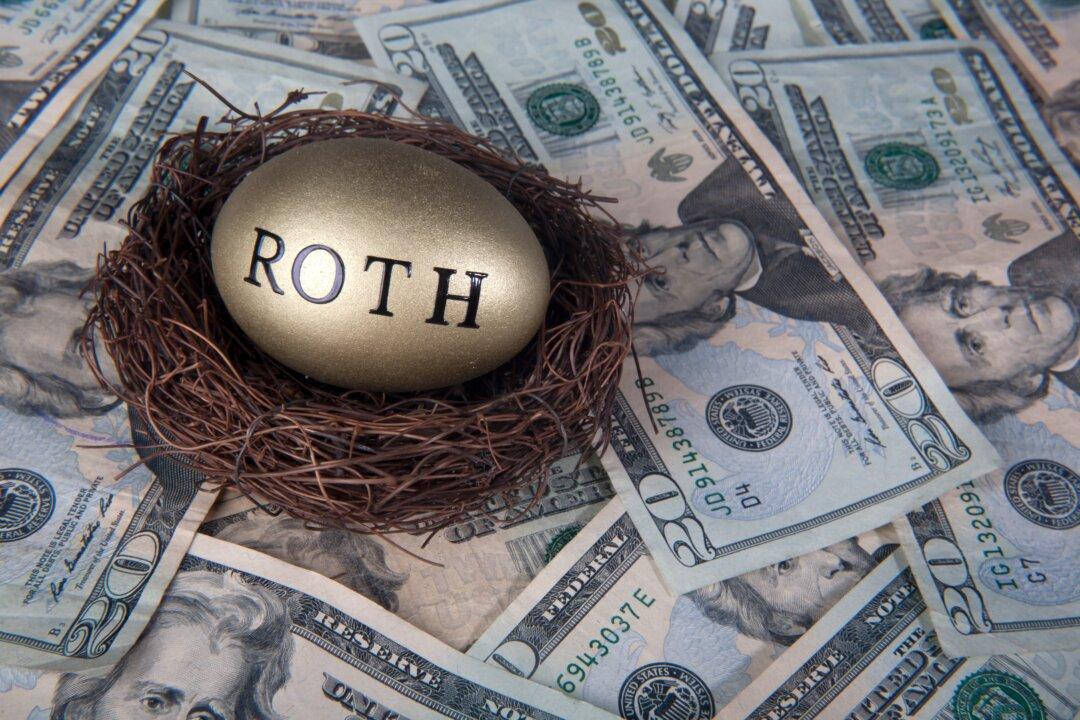If you are considering a backdoor Roth IRA, chances are your income has put you over the threshold of making a direct contribution. So when you can’t just walk in the front door with your Roth money, what do you do?
Luckily, there is another way for getting money in your Roth IRA, even when your income is over the limit. This method is known as a Backdoor Roth IRA. Instead of making a direct contribution, you will have to follow a few extra steps and complete some tax forms.






